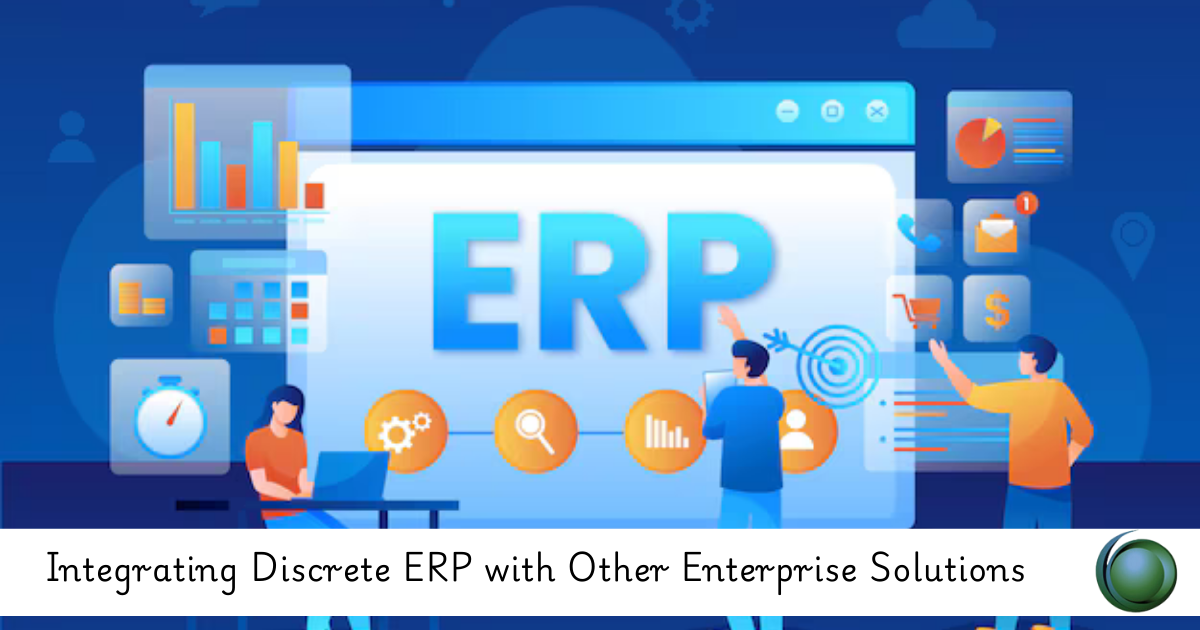Description
Introduction of SAP UI5 Design Patterns
UI5 Design Patterns and Best Practices for SAP FIORI focuses on guiding developers and architects in creating efficient, scalable, and maintainable SAP FIORI applications using SAP UI5. The course covers the most widely used design patterns and best practices within the SAP FIORI ecosystem to ensure that applications are built with high performance, consistent user experiences, and ease of maintenance. It aims to provide a comprehensive understanding of how to structure applications effectively, adopt best practices in UI development, and leverage the power of SAP FIORI for creating responsive, intuitive, and enterprise-grade applications.
Prerequisites of SAP UI5 Design Patterns
Before attending this course, participants should have:
- A basic understanding of SAP FIORI and SAP UI5 frameworks.
- Familiarity with JavaScript, HTML5, and CSS3.
- Knowledge of MVC architecture and component-based development in UI5.
- Experience in using SAP Web IDE or SAP Business Application Studio for UI5 development.
- Understanding of SAP FIORI concepts, such as tiles, launchpad, and applications.
Table of Contents
- Introduction to UI5 Design Patterns
1.1 Overview of UI5 Design Patterns
1.2 Importance of Design Patterns in SAP FIORI Applications
1.3 Commonly Used Design Patterns in SAP UI5
1.4 When to Use Which Design Pattern - Best Practices for SAP UI5 Application Development
2.1 Structuring an SAP UI5 Application(Ref: Developing Multi-Language Support in SAP UI5 Applications)
2.2 Modularity and Reusability in UI5 Development
2.3 Coding Standards and Naming Conventions
2.4 UI5 Performance Optimization Best Practices - Master-Detail and Split Apps Design Pattern
3.1 Introduction to Master-Detail and Split Apps
3.2 Implementing Master-Detail and Split Apps in UI5
3.3 Use Cases and Best Practices for Master-Detail Layouts
3.4 Handling Navigation and Data Binding - Overview of Object Page and Analytical List Page Patterns
4.1 Object Page Layout: Structure and Usage
4.2 Analytical List Page for Data-Driven Applications
4.3 Integrating Data with Object Page and Analytical List Page
4.4 Best Practices for Object Page and Analytical List Page Implementation - SAP FIORI Application Styles and Consistency
5.1 Maintaining Consistency Across SAP FIORI Applications
5.2 Using SAP FIORI Design Guidelines
5.3 Theming and Customization in UI5
5.4 Responsive Design Best Practices for FIORI Apps - Data Binding Best Practices
6.1 Understanding Data Binding in UI5
6.2 Binding Controls to OData Services
6.3 One-way, Two-way, and One-time Data Binding
6.4 Performance Considerations for Data Binding - UI5 Component-Based Architecture
7.1 Introduction to UI5 Components
7.2 Modularization Using Components in UI5
7.3 Handling Component Reusability
7.4 Best Practices for Using and Extending Components - UI5 Navigation Best Practices
8.1 SAP FIORI Navigation Concepts
8.2 Handling Routing and Navigation in UI5
8.3 Using Hash Routing vs. Component Routing
8.4 Navigating Between Views in a Maintainable Way - Error Handling and Debugging in UI5 Applications
9.1 Error Handling Techniques in UI5
9.2 Logging and Debugging in SAP UI5
9.3 Common Pitfalls and How to Avoid Them
9.4 Tools for Effective Debugging and Troubleshooting - Security Best Practices in SAP UI5 Applications
10.1 Ensuring Data Security in UI5 Applications
10.2 Secure Communication with OData Services
10.3 Authentication and Authorization Best Practices
10.4 Implementing Cross-Site Scripting (XSS) Protection - Performance Optimization in UI5 Applications
11.1 Best Practices for Optimizing Performance in UI5
11.2 Reducing Load Times for SAP FIORI Applications
11.3 Optimizing Data Binding and UI Rendering
11.4 Monitoring and Analyzing Application Performance - Testing SAP UI5 Applications
12.1 Introduction to Unit and Integration Testing in UI5
12.2 Tools for Testing UI5 Applications (QUnit, OPA5)
12.3 Writing Test Cases for SAP UI5 Apps
12.4 Best Practices for Automated UI5 Testing
Conclusion
By the end of UI5 Design Patterns and Best Practices for SAP FIORI, participants will have a solid understanding of the essential design patterns and best practices for building robust, scalable, and efficient SAP FIORI applications. They will be equipped with the knowledge to design and develop responsive, data-driven, and high-performance applications that adhere to SAP’s standards. With expertise in modular development, data binding, error handling, security, and optimization techniques, developers will be prepared to deliver SAP UI5 applications that provide seamless user experiences while meeting enterprise-grade expectations.







Reviews
There are no reviews yet.